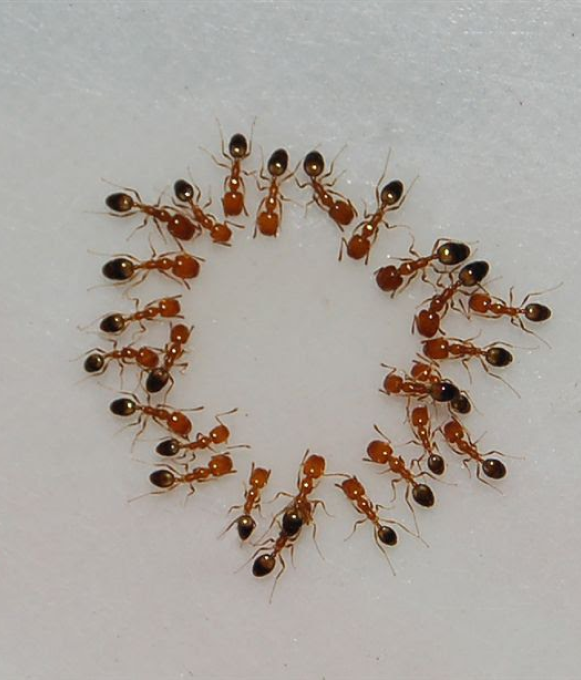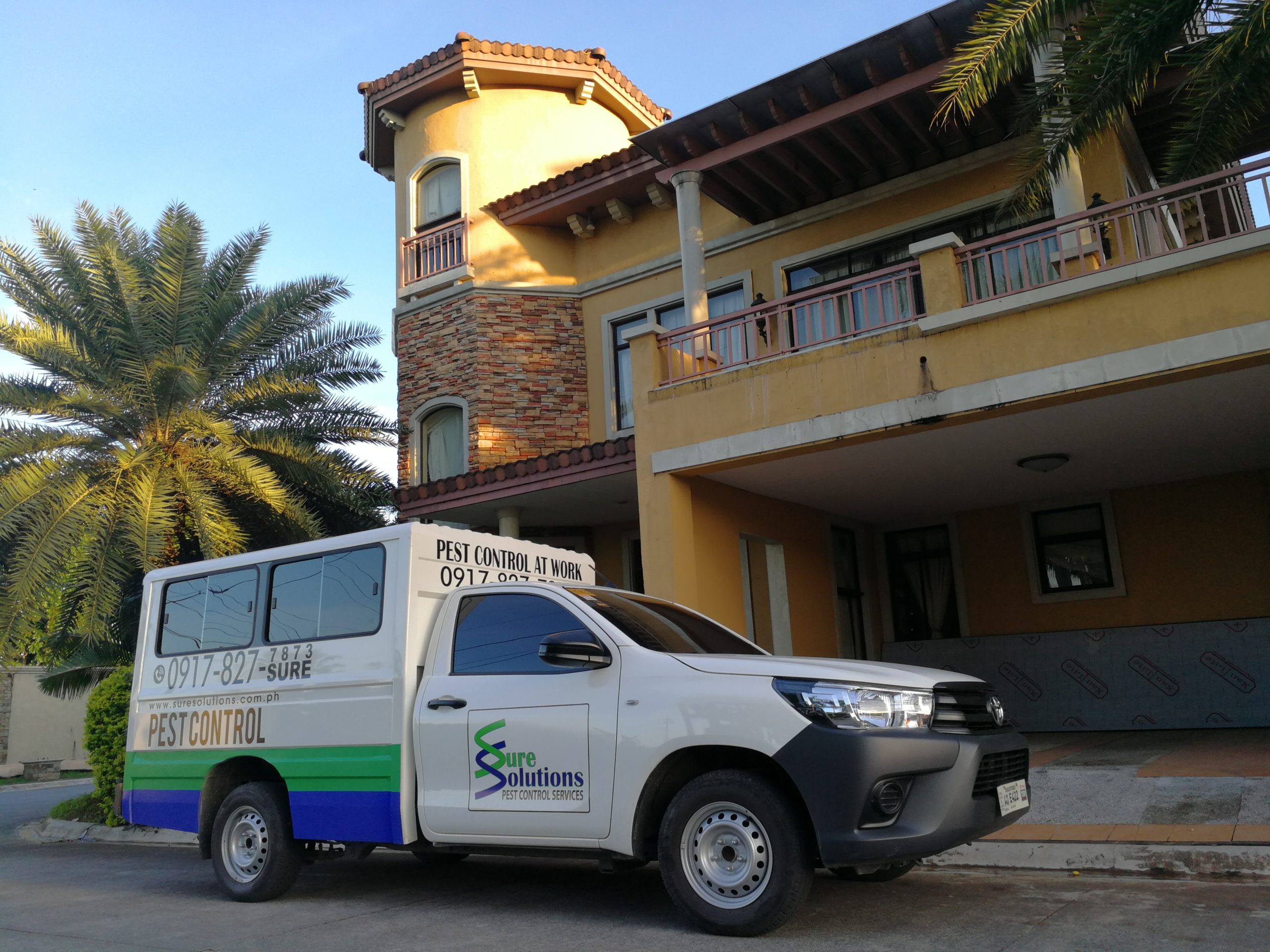Ants
What is an Ant?
Ants are social insects that are commonly found inside properties, usually seen in a long line or gathered in groups. Just like termites and bees, ants also evolved with their own caste system that allows their colony to function. They communicate with each other using pheromone trails that are being followed by the rest of the ants to gather food, locate new areas, or even to alert the others of incoming danger.
During dry season, ants usually gather indoors to search for water and stay inside during heavy rainfalls as well. They like to eat sugary crumbs or human food.

Caste System
- Queen - They are the mother and the most important ant of the colony. Their main role is to ensure that the colony lives on by laying eggs as much as possible. They are born with large wings, but bites it off when they mated and found their colonies because they won’t need it anymore.
- Workers- They are the hero of the colony, and the most abundant ones too. They stay inside the colony to tend to the queen and the eggs, dig tunnels, forage food, and protect the colony. They don’t reproduce, but if they do, they can only lay male (drone) eggs.
- Drones- Their only role for the colony is to mate with the females. They die once they have fulfilled their duty.
Common Philippine Ants








Effects of Ant Infestations
Ants may be a common occurrence in properties. However, just like any other pests, these little creatures can cause damage as well. These are some of the things you should worry about when you spot ants in your place.
- Diseases - Since ants take shelter in different places like trash, dead animals, dirt, etc., and they also like to consume rotten meats, leftover foods, as well as insects and worms, it is better to assume that these ants will bring bad bacteria into your property and might cause serious health risks to its occupants.
- Pest Lure - We also have to remember that ants are also a viable food source for other pests like spiders, lizards, etc. Having ants in your place is like an invitation for other pests to enter your property.
- Home Damage - Like termites, ants like carpenter ants could also do the same damage to your property. Although carpenter ants don’t eat wood as termites do, they like to burrow through and create tunnels inside woods to serve as shelter. This can be as serious as having termites on your property.
Ant Infestation Prevention tips:
- Seal the Point of Entry
With how small ants are, It is definitely sure that they can enter from anywhere. It just needs 1 small hole to start an infestation. So be sure to seal any unwanted holes that gives ants access to enter your property.
- Consider Your Pets
Some ant love the taste of pet food. It’s like they want to be kept as your pet as well! Always keep your pet food area clean to keep ants away and for the sake of your pets too.
- Clean Your Gutters
It’s best to check on your gutters once in a while if there are twigs, leaves, or dirt stuck inside it. Dirty gutters are a haven for ants and can be their breeding ground as well. So, keep those gutter clean.
- Focus on the Kitchen
Kitchen is one of the most susceptible areas for ant infestations because of the food scents and water accessibility. Regularly cleaning and disinfecting kitchens would surely help prevent ants from roaming around and appreciating all the goods (and the not-so-goods) from your place.
Sources: https://www.nationalgeographic.com/animals/invertebrates/facts/ants
https://extension.umn.edu/insects-infest-homes/ants
https://www.health.vic.gov.au/environmental-health/ants-pest-control
https://www.homepest.com/blog/ant-prevention-tips
https://www.familyhandyman.com/article/are-ants-dangerous/

Why is Ant Control Necessary?
We all know that ants are very stubborn creatures that won’t hesitate to fight back once you disturbed them. Aside from that, they outnumber you greatly despite their small size. It might be easy to think that you can eliminate them on your own, but later on, you’ll be surprised that they’re back, and with even greater numbers! Infestations like these are best left to the experts especially since there are lots of ant kinds that require different treatment.
We, at SureSolutions Inc., only want the best results for your properties, and as pest control professionals, we are here to make sure that ants in your property are eliminated.









